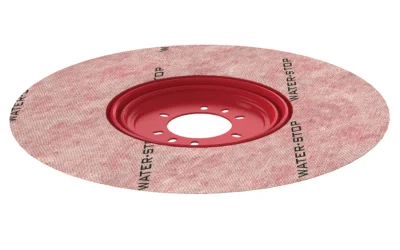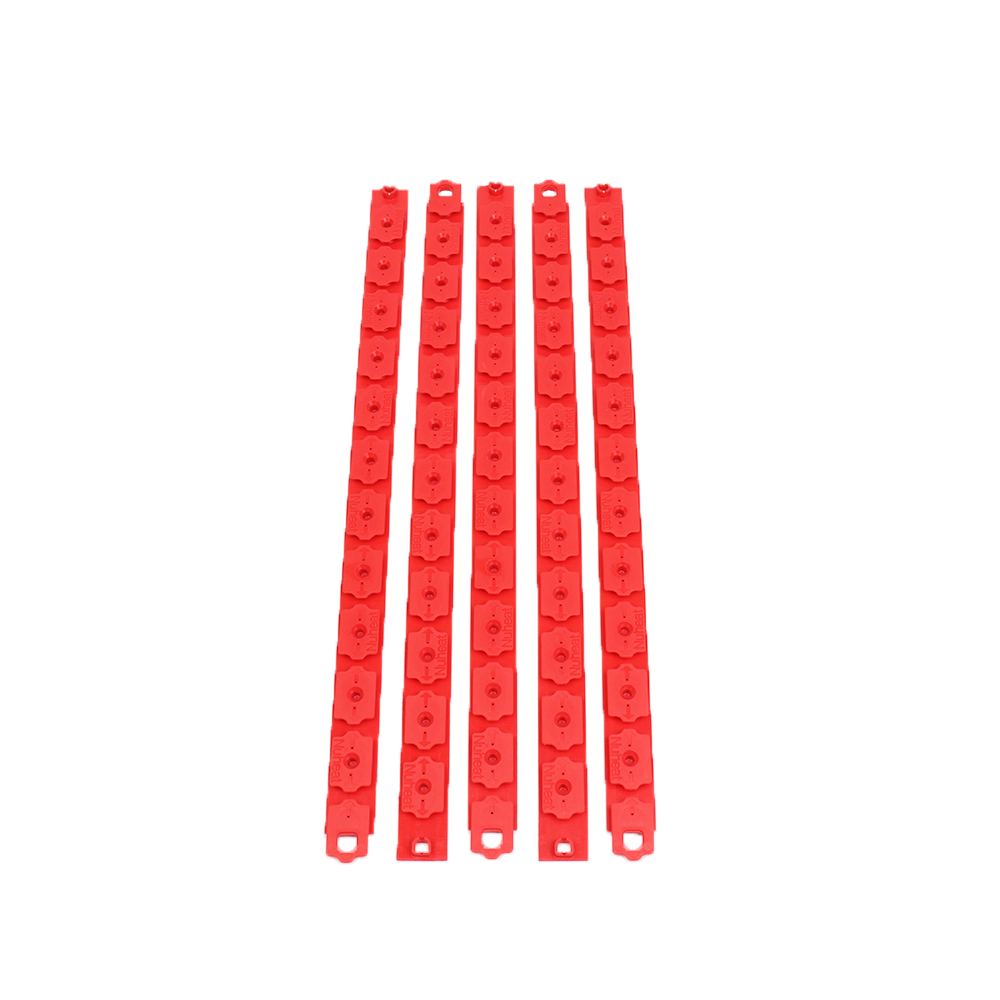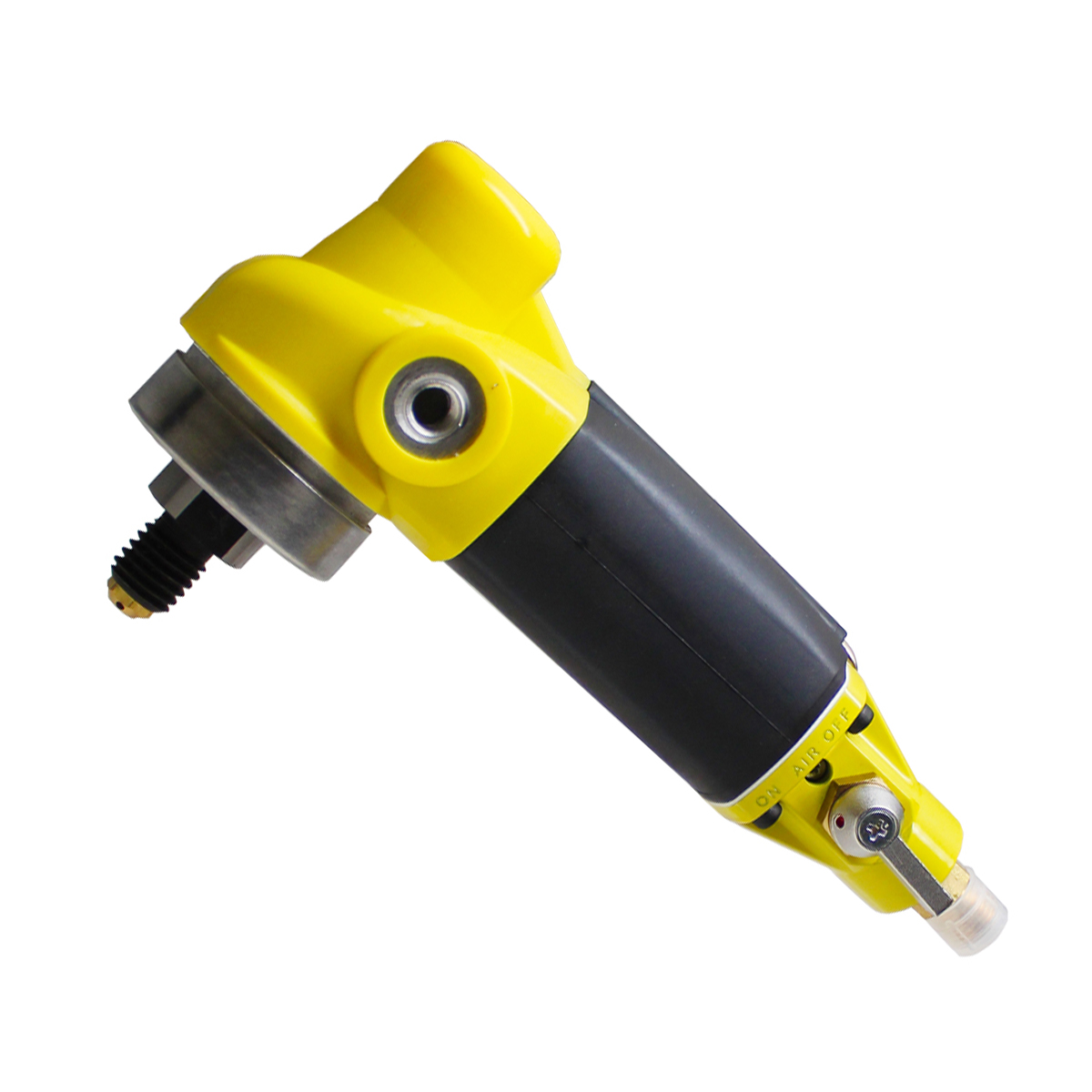The range of Rubi tile cutters comes with a wheel that’s optimal for ceramics, glass and hard-to-cut porcelain. Users can lock in the angular guide at the end of the cutter. Try attaching the lateral stop piece to make small, repetitive cuts. The bar comes with dual-rail support and clamps for extra security when working. A simple twist of the handle should bring the system to a brake. There’s also a protective attachment for polished surfaces like porcelain floor tiles.
Manual score-and-snap Rubi tile cutter systems operate without the need for assembly or electricity. The solid aluminum bars along and the honeycombed base keep the tool steady. Keep in mind that there’s a six-inch difference between the straight and diagonal cuts. For example, if the straight cut supports 24-inch cuts, then it makes 18-inch cuts at an angle. Two levels of measurement are indicated on the angular bar.
Take a Rubi box, look under the cutter and find two separate scoring wheels with some models: one is for floor tiles, and the other is for wall tiles. As far as instructions, the operator properly lines up the material, scores, applies the brake, and reverses the cutter. All of this happens in about 3-5 seconds depending on operator experience.
To express the strength of the tile cutter, the braking strength runs up to 2200 pounds. It comfortably and accurately cuts double-loaded porcelain, a material known for its thickness. Such convenience isn’t available when using a wet saw.


